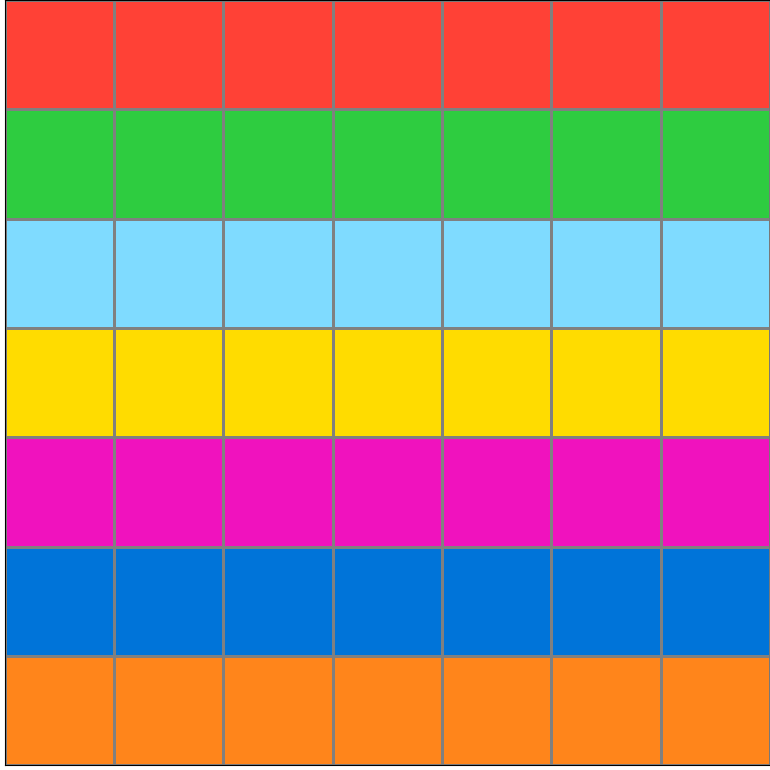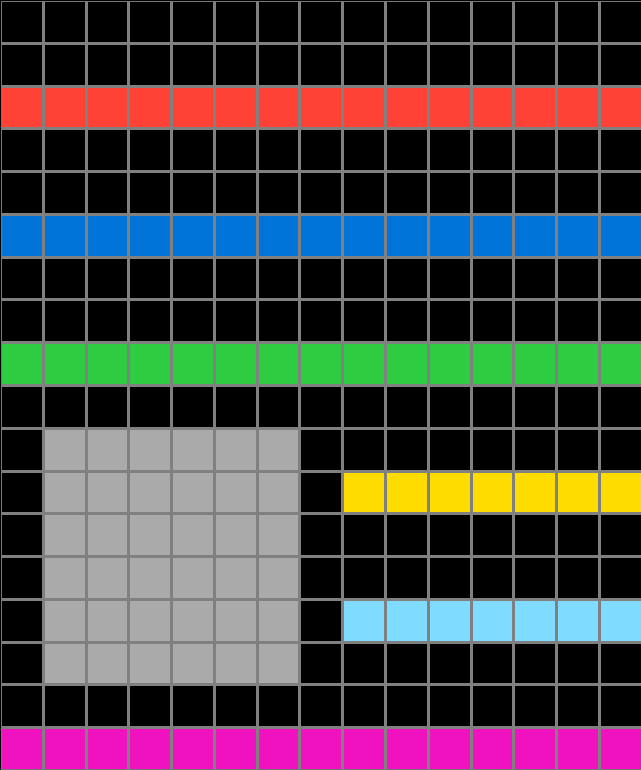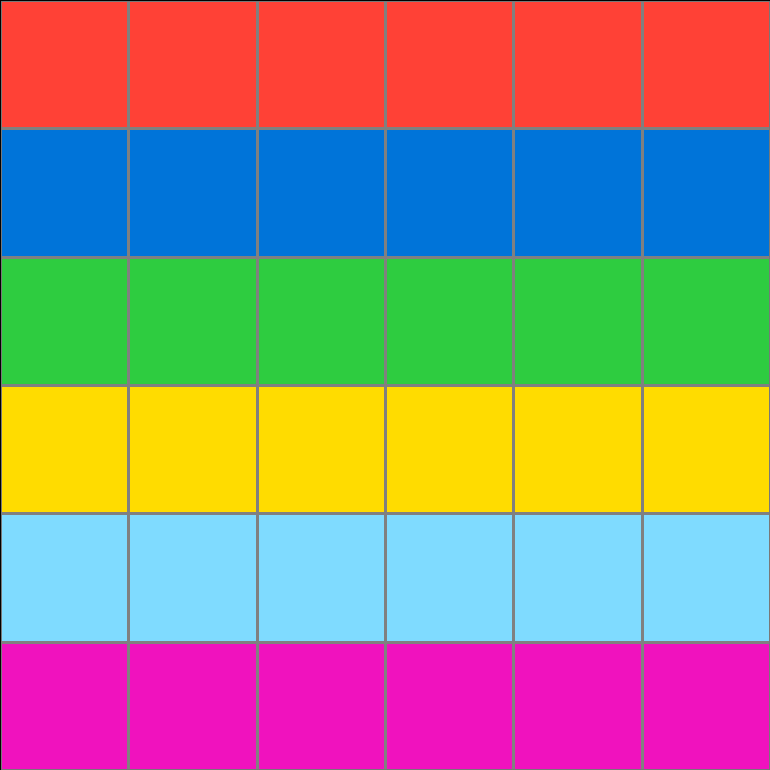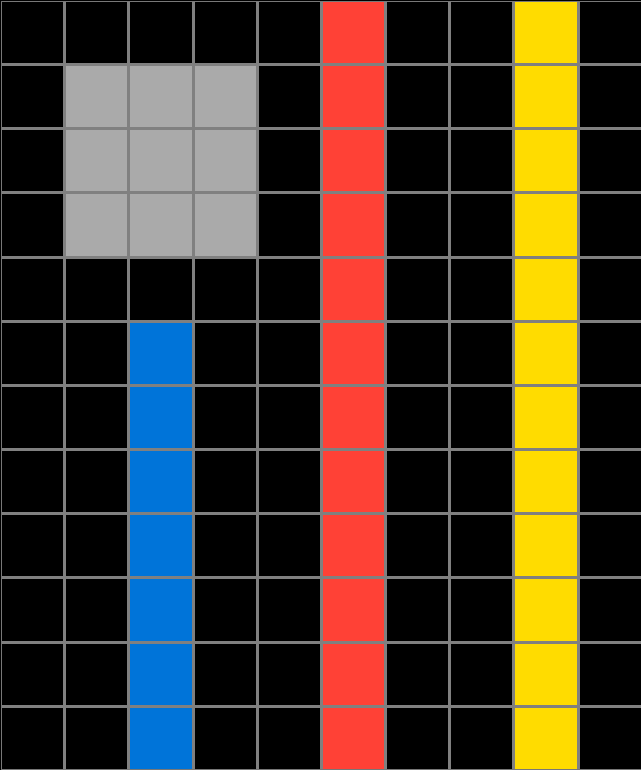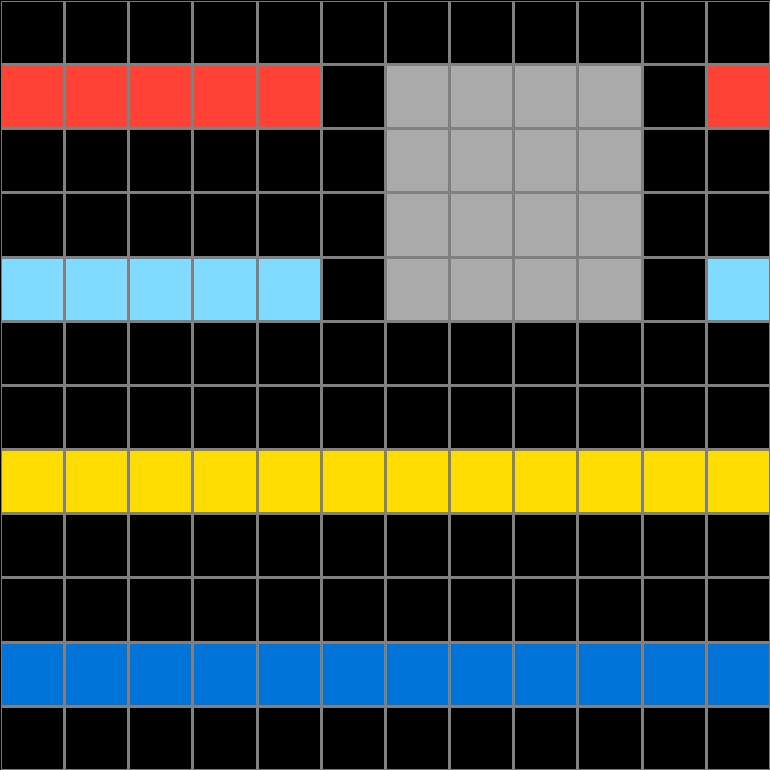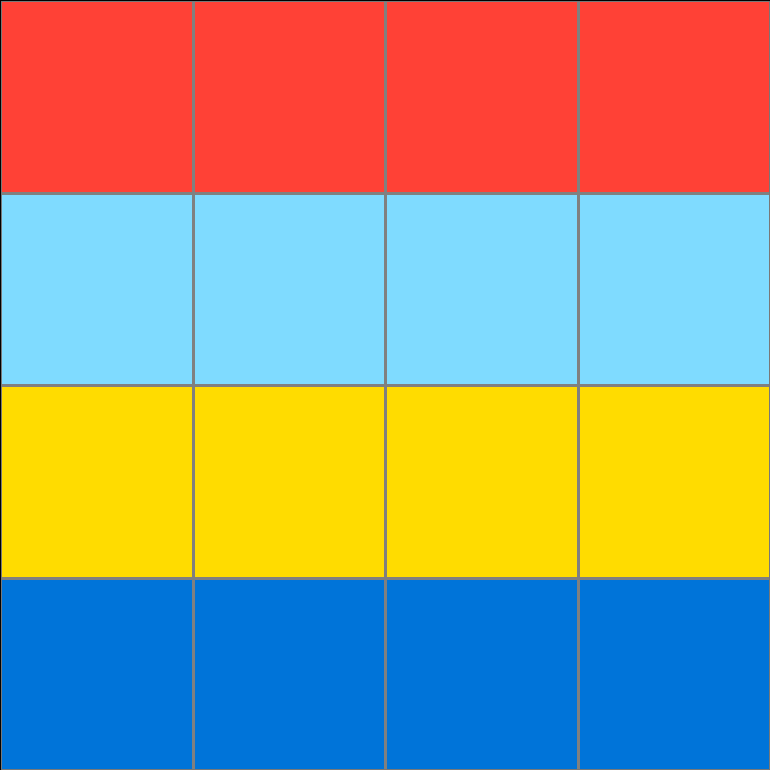Participant 1
Initial description: Count the colors. Change the grid to a square equaling how many colors there are. Let each row represent a color, in order.
Final description: Count the colors. Change the grid to a square equaling how many colors there are. Let each row represent a color, in order.
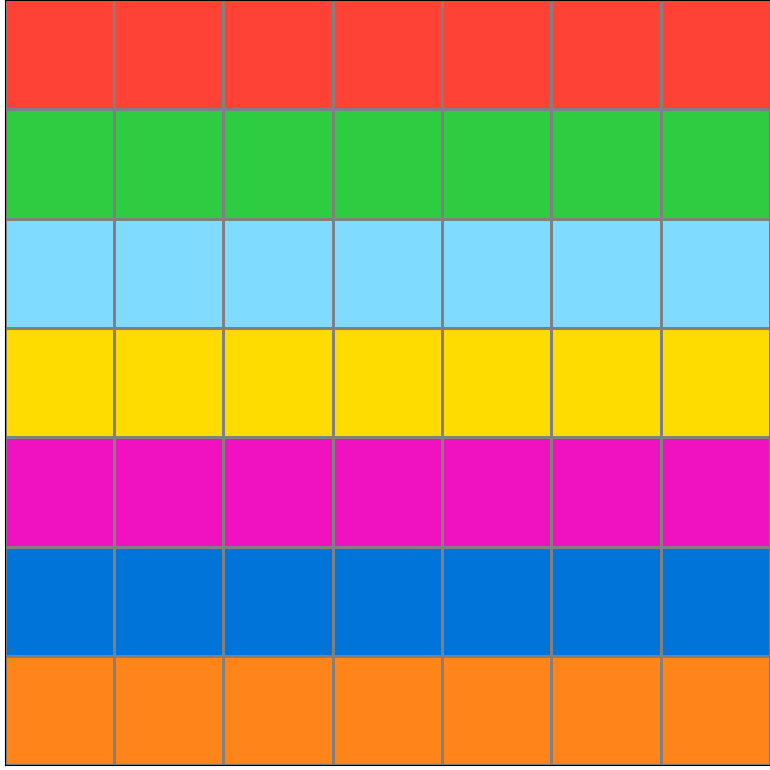
Participant 2
Initial description: The grey zone in the test input represents the number of blocks to be used in the test output.
Final description: The grey zone in the test input represents the number of blocks to be used in the test output.
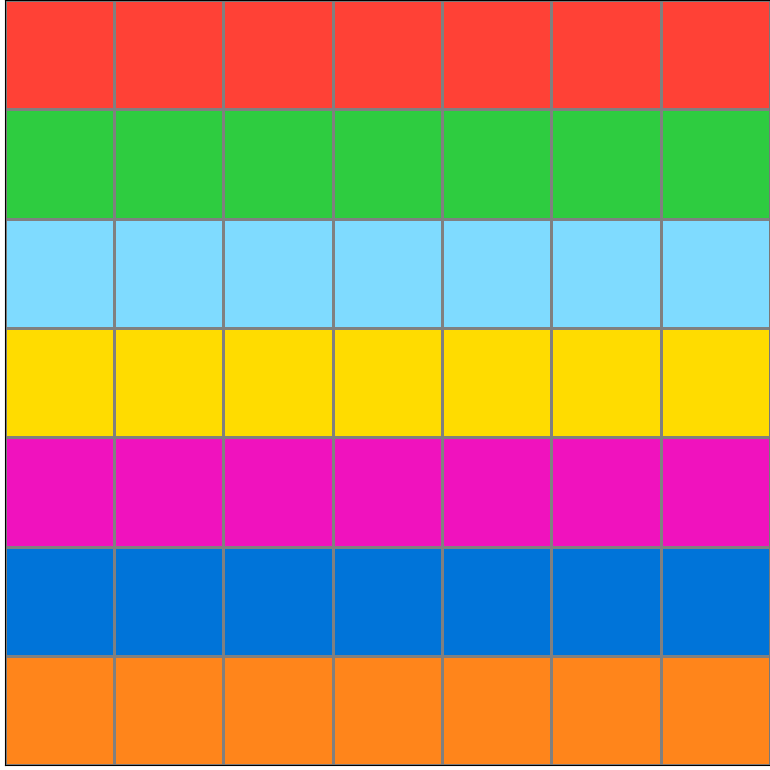
Participant 3
Initial description: DONE
Final description: DONE


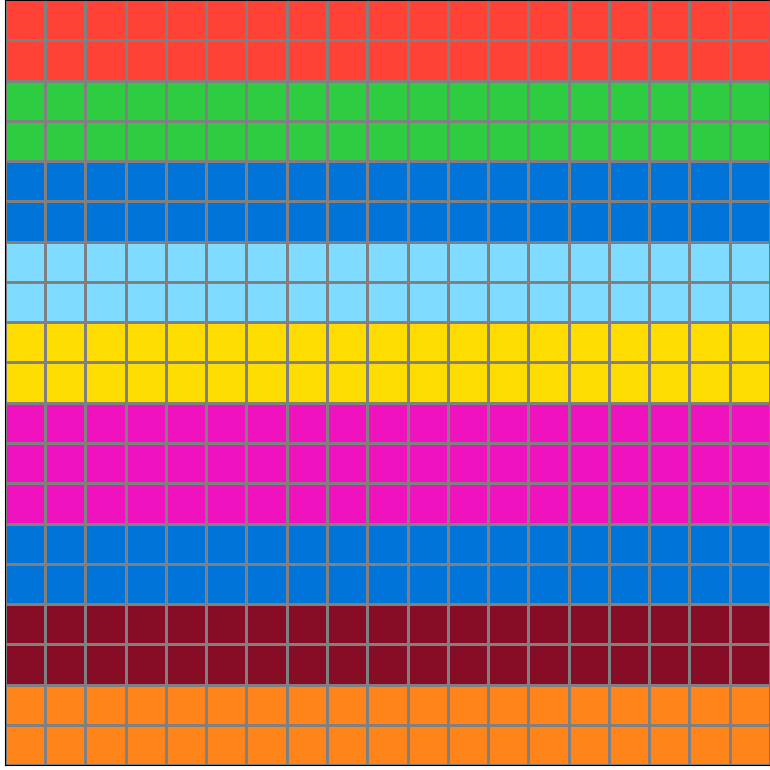
Participant 4
Initial description: I need to do this one again.
Final description: The square removed colored squares in a horizontal axis. The remaining square is uniform in size. The rows are colored in the order the are presented in the test input.
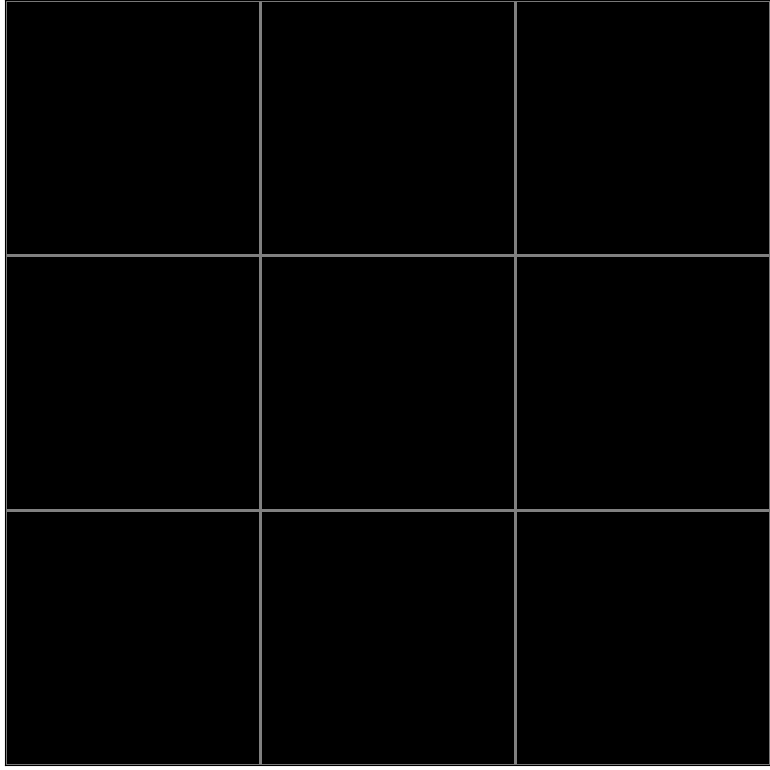
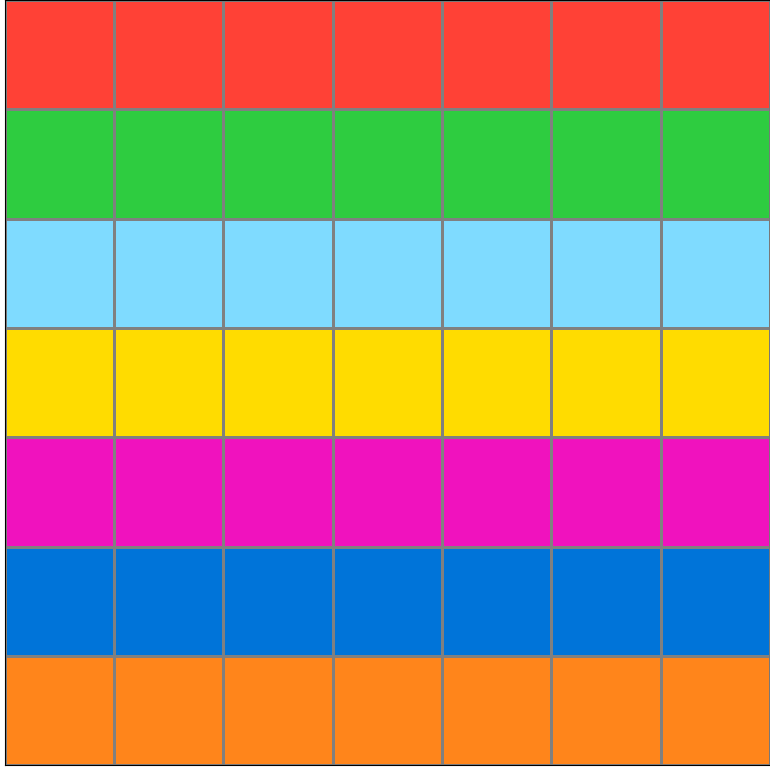
Participant 5
Initial description: Resiz the gid to 6 by 6 then each main colour occupy a row in the order they occur in the test input
Final description: nan

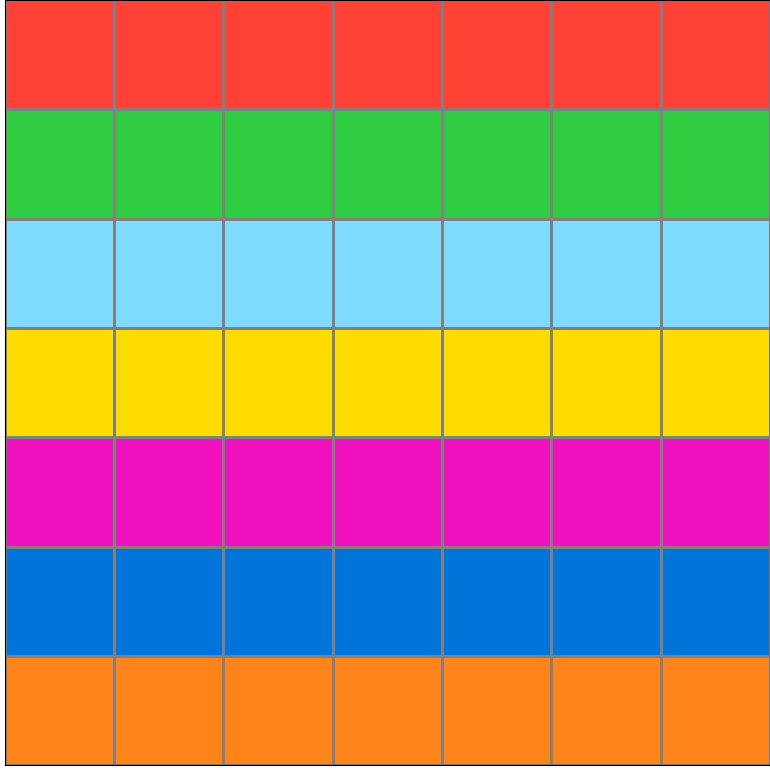
Participant 6
Initial description: Based on the examples.
Final description: Based on the examples.
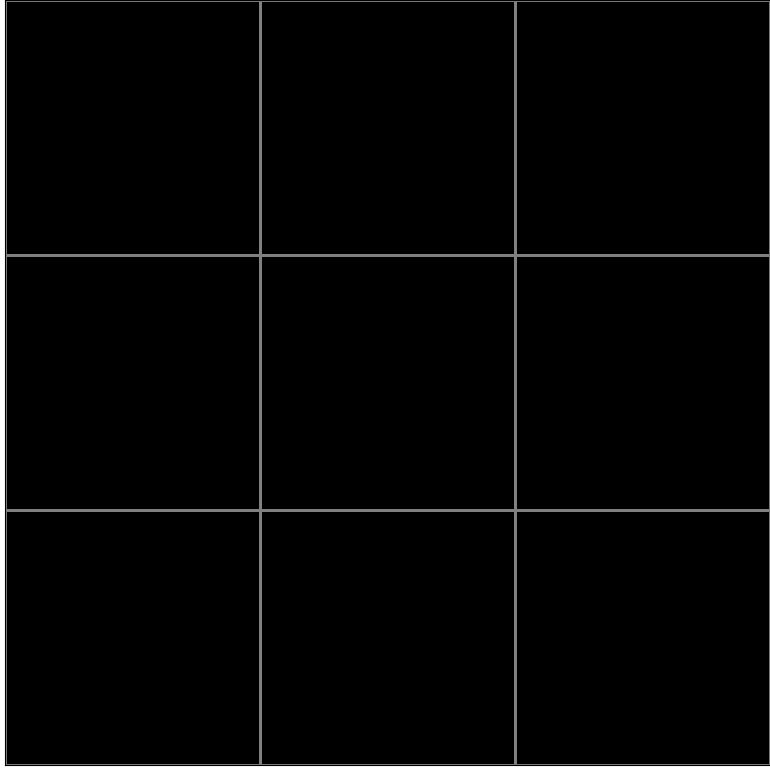
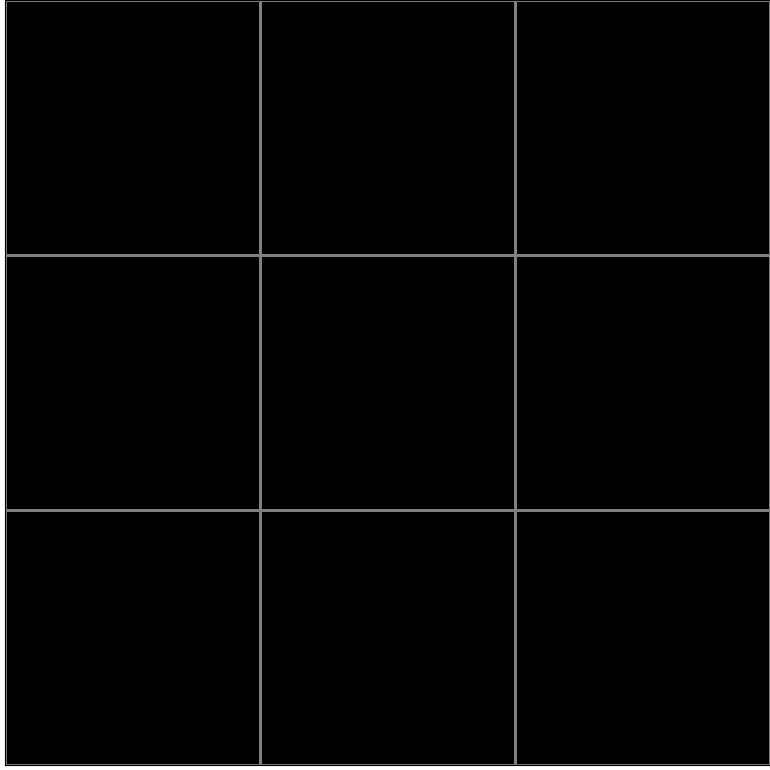
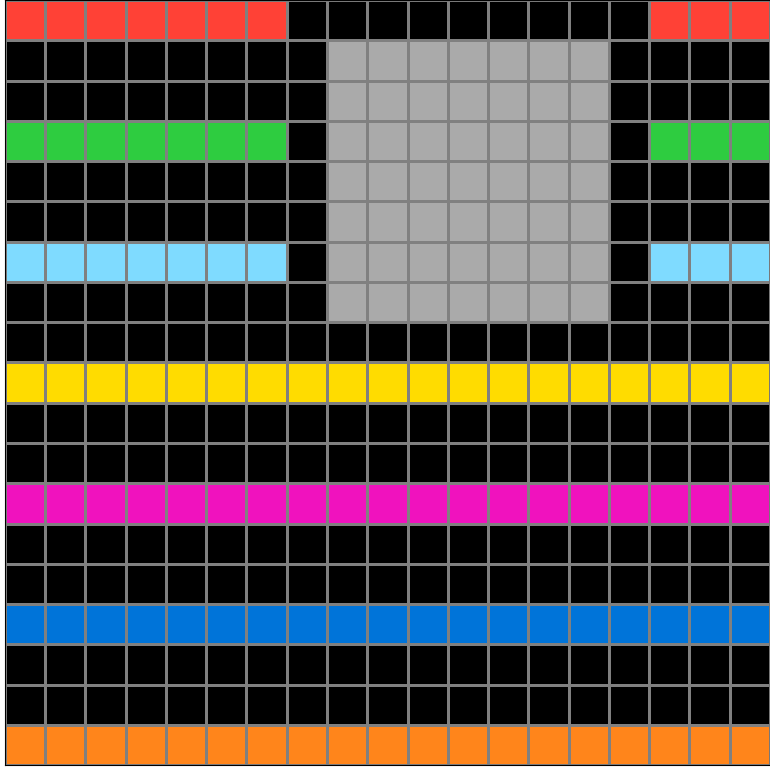
Participant 7
Initial description: Change the grid size to match the gray box. Then, run each color across the entire row.
Final description: Change the grid size to match the gray box. Then, run each color across the entire row.
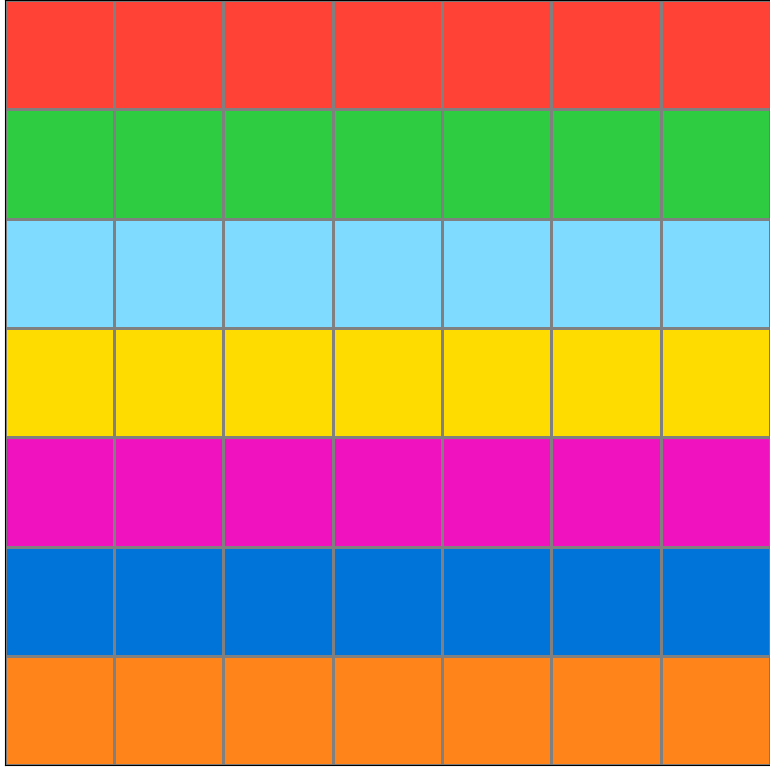
Participant 8
Initial description: One horizontal line of one color for each color.
Final description: One horizontal line of one color for each color.

Participant 9
Initial description: My solution is to ignore the grey box and blank spaces and simply fill in the grid with corresponding lines of the exact colors shown and going in the space direction. You also must adjust the grid size to match the amount of colored lines.
Final description: My solution is to ignore the grey box and blank spaces and simply fill in the grid with corresponding lines of the exact colors shown and going in the space direction. You also must adjust the grid size to match the amount of colored lines.
